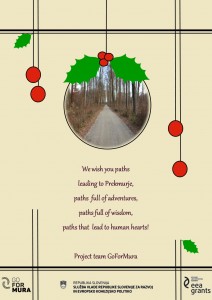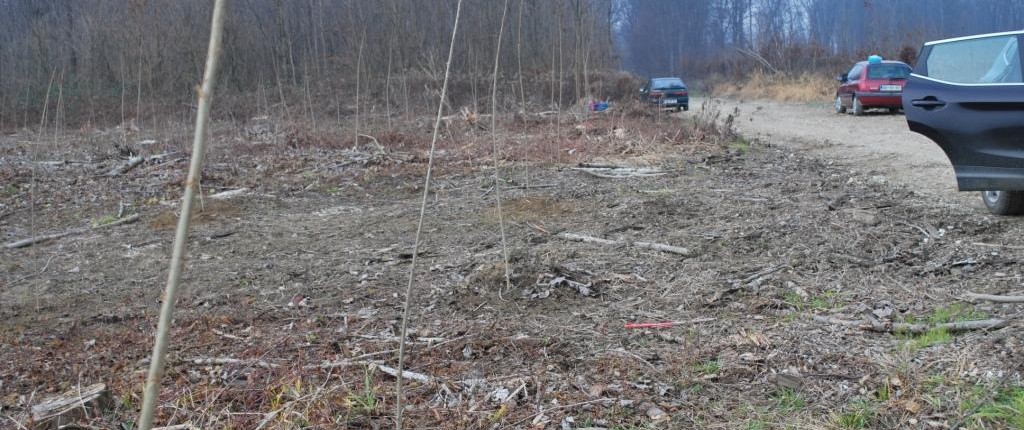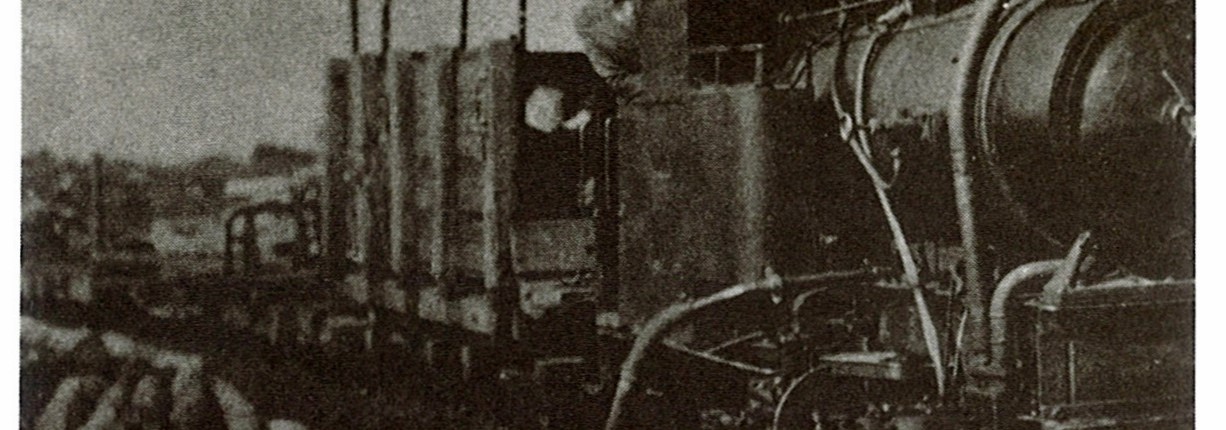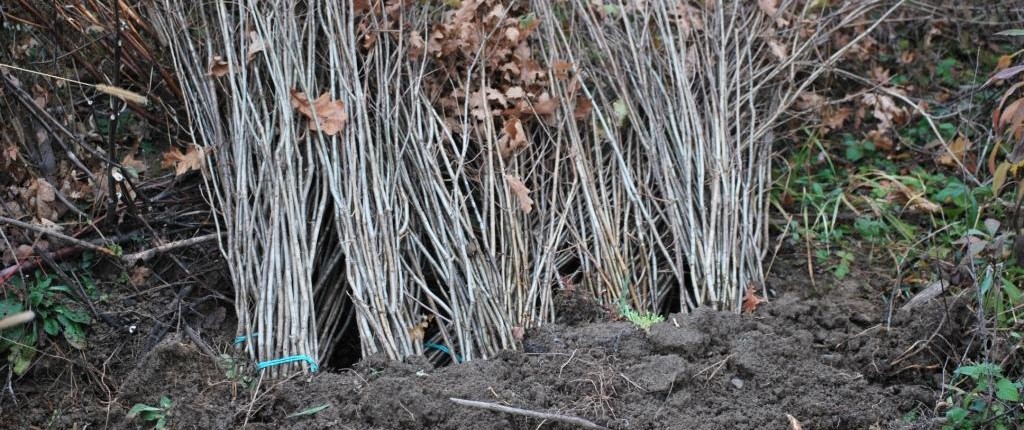10.10.2016
Invitation to the final conference
»Governance of forest habitat types and species in Natura 2000 sites alongside Mura river«
29 November 2016 , Radenci, Slovenia
The conference will host 10 presentations of project partners and 4 invited foreign lecturers on the theme of management of protected areas. After presentations some time is devoted on discussion among participants. We kindly invite you to collaborate with us.
The project GoForMura, implemented under the EEA Financial Mechanism Programme, had contributed to more efficient management and monitoring of Natura 2000 sites and to the specific objectives. Four project partners carried out many silvicultural and technical measures for improving conditions of flood oak-ash-elm forests and riparian willow, alder and ash forests as well as inhabitants of these two areas, i.e. Italian crested newt, yellow-bellied toad, stag beetle, scarlet beetle, great capricorn beetle, beaver and otter. Monitoring of 5 bird species whose condition is unknown, i.e. black stork, European penduline tit, grey-headed woodpecker, European honey buzzard, and black woodpecker was made. In 2016 we digitalized data from field analysis, i.e. birds monitoring, GHT mapping, dead wood and habitat trees inventory, and established geographic information system. We inventoried 1900 trees, dead wood and potential habitat trees on 130 plots. In both test areas we established a net of 44 eco-cells. We presented evaluation of both habitat types endangerment (after large monitoring of species). In addition, we walked over 16 km and inventoried diseases of forest trees and invasive plant species on the way. Project had prepared management plan for two forest areas Natura 2000 (Murska šuma, Gornja Bistrica).
Important part of project is to inform, notify and work with public about activities connected with Natura 2000.
We kindly invite you to follow us: GoForMura
More information: Programm of workshop or spela.planinsek@gozdis.si
The language of conference is Slovene, but the translation equipment will be available. Please send us you reply till 25.11. 2016 on Doodle page
14.03.2016
Visit of Duncan Halley from Norway – good practices should arise soon
GoForMura continues with the project activities in Spring 2016. Some of the actions are dedicated to beaver population and his habitat in the pilot area of Murska šuma and Gornja Bistrica forest.
“An effective management solution will have to take in to consideration forest owners and nature preservation goals” said Duncan Halley in one of the press releases for national daily news.
Press release in NINA web site.
04.03.2016
Beaver in Gornja Bistrica is a very hard working animal – check the new video from project partner Institute LUTRA
Video from the banks of Mura river in January 2016.
Video of 2 red foxes hanging on the banks of Mura river in January 2016 (source: Institute LUTRA)
21.01.2016
During the field work we encountered a 60 m long residue of forest railway
In November 2015 when we were in the framework of the project GoForMura working (marking and preparing area for planting of black poplar) in a study area in Murska šuma, we have encountered some 60 m long residue alignments gauge of forest railway!
Exploiting 3300 hectares of forests began in 1917 when foresters build a forest railway with a track width of 76 cm from the train station in Lendava (which are also prepared timber depot) against Bogojina. Overall length easily and cheaply constructed lines adapted for steam traction was 26.4 km.
21.01.2016
Where does oak seedlings come from?
All seedlings of oak that we have planted in 2015 in the project GoForMura were raised in a forest nursery Polana, which is in the management of Forest and timber economy Murska Sobota. Seedlings were grown from seeds, which are accumulated in an approved forest seed stand life in the cadastral Pince.
Forest seed object no. 3.0104 is 36 ha large, 110 year-old plantation tree species Quercus Robur L. in Murska šuma. It grows at an altitude of 156 m. By selecting seedlings grown from this seed we ensure an adequate source of seedlings for planting in the Pannonian ecoregion respectively. Seed (acorn) for seedling production are accumulated from at least 50 trees that are 1-2 tree height apart. You can gather it by hand, gripping the sheets or under trees. In order to ensure the future stability of the stand is in addition to the ecological and physiological adequacy of forest reproductive material is important to ensure the transfer of large natural genetic diversity of life oak in the forest on the design of the new stand.
We planted 3-year-old seedlings with a minimum height of 80 cm. On the three sites we planted a total of 23,900 seedlings of oak.
22.12.2015
New Year greetings
The project GoForMura made it almost a half way and became richer for new knowledge, experiences, friendships. Even more is expected from 2016, when it will already be approaching the finish line.
Thank you to all who has and will continue to contribute to the realization of the project tasks. 
2.11.2015
Results of workshop “Governance of forest habitat types and species in Natura 2000 sites alongside Mura river – preparation of management plan”, 13 – 14 October 2015, Lendava, Slovenia.
Project GoForMura gathered about 50 stakeholders and residents of Prekmurje region (NE Slovenia) at the presentation of the project GoForMura and the obtained results of field surveys in 2015. The main motto of the workshop – more efficient management and monitoring of forested Natura 2000 sites – is also the main objective of the project GoForMura.
Results of our October worshop on NINA web pages and GoForMura FB profile:
23.9.2015
Workshop invitation “Governance of forest habitat types and species in Natura 2000 sites alongside Mura river – preparation of management plan”, 13 – 14 October 2015, Lendava, Slovenia.
The project GoForMura, implemented under the EEA Financial Mechanism Programme, shall contribute to the general objective – more efficient management and monitoring of Natura 2000 sites and to the specific objectives. It will prepare management plan for two test areas (Murska šuma, Gornja Bistrica) and carry out measures for improving conditions of GHT 91F0 and 91E0 as well as inhabitants of these two areas, i.e. Italian crested newt, yellow-bellied toad, stag beetle, scarlet beetle, great capricorn beetle, beaver and otter; to carry out monitoring of 5 bird species whose condition is unknown, i.e. black stork, European penduline tit, grey-headed woodpecker, European honey buzzard, and black woodpecker.
In summer of 2015 we inventoried dead wood and potential habitat trees in both test areas to establish a net of ecocells. In addition, we inventoried diseases and invasive species in test areas, presented evaluation of habitat type endangerment (monitoring of species) and in next phases we shall determine conservation measures for invasive species. We digitalized data from condition analysis, i.e. birds monitoring, GHT mapping, dead wood and habitat trees inventory, and established geographic information system. We will start preparations for a special management plan for Natura 2000 areas.
Important part of project is to inform, notify and work with public about activities connected with Natura 2000. For this reason we kindly invite you to participate in a workshop in Prekmurje/Slovenia:
More information: Programm of workshop on 13 – 14 October 2015 , hotel Elizabeta, Lendava, Slovenia
First day of the workshop there will be many presentations of project partners connected to work in the field in summer 2015 , on the second day the workshop will be dedicated to practical work and talk to public. The language of workshop is Slovene.
More information on project funded by the EEA Financial Mechanism 2009-2014 (SI02): GoForMura
Please send us you reply on participation till 10.10. 2015 on Doodle page or send mail to spela.planinsek@gozdis.si







